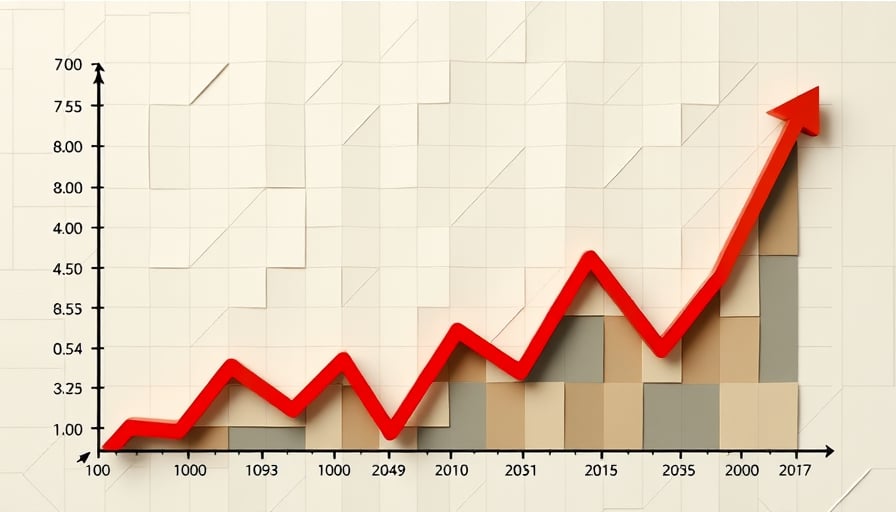Etsy Inc. Faces Investor Moves Amid Broader Market Developments
The New York‑listed online marketplace Etsy Inc. (ETSY) recorded a modest decline in its share price to $53.09 on the most recent trading day, falling well below the 52‑week high of $76.52 but comfortably above the 52‑week low of $40.05. With a market capitalisation of roughly $5.09 billion and a price‑to‑earnings ratio of 36.11, the company remains a notable player in the consumer discretionary sector, particularly in the niche of handmade, vintage, and artisanal goods.
Insider Activity Signals Potential Market Sentiment
Shortly after the market closed, Marla Blow, an insider, sold 300 shares of Etsy, amounting to a modest portion of the company’s liquidity. While the sale did not represent a significant block of the outstanding shares, it may reflect an insider’s short‑term view or a routine portfolio rebalancing. The transaction was reported by feeds.feedburner.com on 22 November 2025 and coincides with the broader trend of insider trading activity that often precedes price volatility.
The Second‑Hand Market: A Growth Driver
Etsy’s core business aligns closely with the burgeoning second‑hand product market, which is projected to reach $1.45 trillion by 2032, according to a recent study by Maximize Market Research. This forecast underscores the expanding consumer appetite for sustainable, pre‑owned goods—a demographic that Etsy serves through its global platform. The company’s focus on handmade, vintage, and unique items positions it favorably to capture a share of this growth trajectory.
Regulatory Shifts in Europe and Italy
European trade policy is undergoing significant changes that could influence Etsy’s cross‑border logistics and cost structure. The European Union’s decision to abolish the €150 duty exemption means that virtually all imported goods will incur customs duties from a value of €1 upward. This policy shift, confirmed by lors de réunion à Bruxelles and reported by chip.de, will likely increase shipping costs for sellers sourcing products from outside the EU.
In Italy, a new “Tassa Temu” proposal could impose a €2 levy on parcels under 2 kg originating from non‑EU countries. Given that a large proportion of small parcels in Europe are sourced from China—91% in 2024 according to Eurostat—the measure could affect Etsy’s Italian sellers and buyers alike. While the Italian policy is still in the legislative drafting stage, it illustrates the tightening regulatory environment for cross‑border e‑commerce.
Seasonal Demand and Consumer Behaviour
The holiday season remains a pivotal period for online marketplaces. An article on Independent.co.uk highlighted the public debate over the optimal timing for Christmas decorations, a proxy for broader festive purchasing patterns. Etsy’s product catalogue, which includes holiday-themed crafts, home décor, and gift items, stands to benefit from the seasonal surge. However, the potential rise in customs duties and shipping charges could temper some of this demand, especially for sellers relying on international suppliers.
Bottom Line
Etsy Inc. continues to navigate a complex landscape marked by insider transactions, a rapidly expanding second‑hand market, and evolving European trade regulations. Its ability to adapt to rising shipping costs, maintain a competitive platform for niche goods, and capitalize on seasonal buying trends will determine its trajectory in the coming quarters. Investors should monitor both the company’s internal performance metrics and the macro‑policy changes that could influence cross‑border e‑commerce dynamics.




